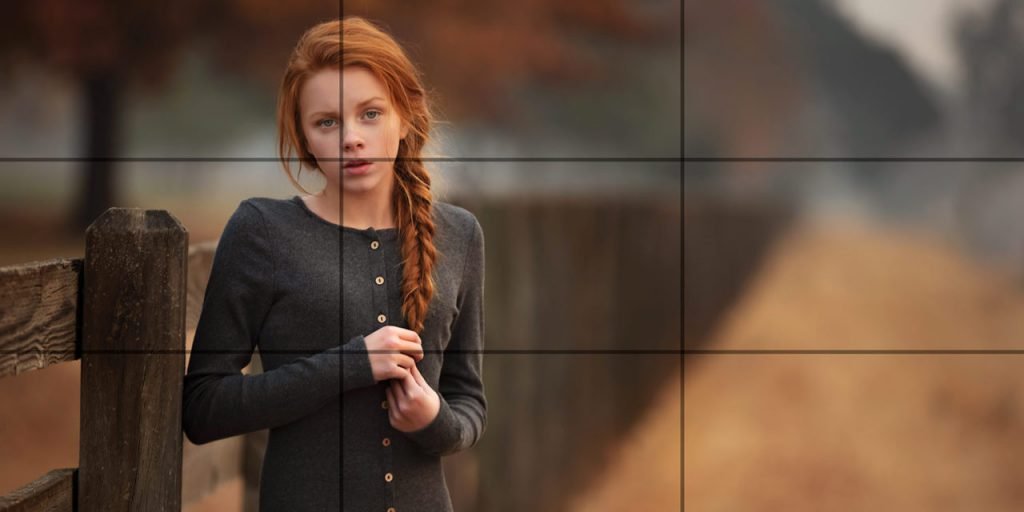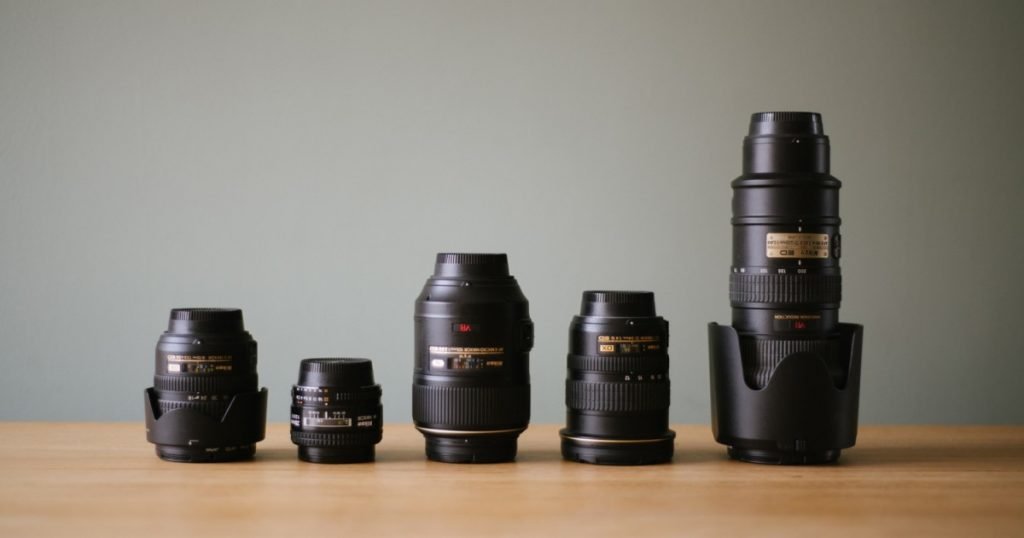Dialogues are what build up a story. Take a look at 6 important filmmaking tips to help filmmakers shoot dialogue scenes the right way.
Dialogues are what build up a story and are one of the most important components of filmmaking. We’ve witnessed a thousand dialogue scenes in our lives and yet it can be frustrating to shoot one and if we don’t pull it off perfectly, it might send mixed signals and people lose interest in the story.
Filmmakers say that “They feel something’s wrong about the scene” subconsciously but just can’t put it into words. If you have felt this, don’t freak out. It happens to every filmmaker at some point and it’s completely alright because you are in the right place now.
In this blog post, we’ll go through 6 important tips for perfectly shooting a dialogue scene:
1. The Three-Angle Rule
The simplest and most effective way to shoot a dialogue scene is with the three camera angles.
- The long shot (camera 1) covers both subjects in the conversation.
- Two over-the-shoulder shots (camera 2 and camera 3) that cover one of the subjects and focus on them.
Now these are the fundamentals. But still, a lot of people make loads of mistakes in this. You need to remember that most filmmakers know this stuff and still, they make the mistake of applying it.
Why? Because they don’t follow the rule of the thirds
2. Rule of The Thirds
We know that the screen is divided into 9 parts with 3 horizontal lines and 3 vertical lines. Now you need to use these lines while framing your shots.
You should frame your subjects on one of those lines or the (⅓)rd portion of the screen to avoid putting things too dead center. This makes the shot balanced a lot better.
This is also a photography tip because putting things in the center is not always a great idea. Try placing the subjects on one of those vertical lines and the shot would be a lot more balanced and better.
Also, try to keep the head of the subject on the top horizontal line so we won’t end up with a lot of space on the top. Now we are aware that filmmaking is a creative field and rules bind our creativity and that’s true.
Just because it’s a rule, doesn’t mean we have to always follow them. Sometimes, the scene would be so intense and emotional that the subject would be in the dead center and that’s alright as long as it’s done right.
3. Selection of Proper Lenses
The lens you choose can affect the perspective and mood of the shot. If you choose long lenses, they tend to make the shots compressed, and the things in the background look larger and closer to the subject, which could take the viewer’s attention off.
But when we take close-up shots with long lenses, it looks as if the actors are close to each other and hence kind of intimate. Use this tip if you are shooting something romantic.
If you are using wide-angle lenses, it would show clearly where the dialogue is taking place as the background would be very visible and if that is essential for setting the mood of the scene, then you should go for it.
Shooting a close-up shot with a wide-angle lens makes the scene look natural and relaxed.
4. Do Not Change Lenses When Shifting Frames
This is one of the fundamental mistakes that most filmmakers do. In the last point, we discussed the importance of the different types of lenses.
The type of lens we use would set the mood and a perspective for the viewer but when we change the lens while shifting an angle, everything would seem out of place and the scene would not convey the message correctly.
Filmmakers say “A lens gives off a feeling to the scene and when we change it before the scene ends, we end up giving mixed feelings and that is never good”
5. Avoid Bad Jump Cuts
Jump cuts happen when the reframed shot is not too different from the original shot. Assume you are taking a long shot of two people talking and you decide to reframe to focus on one of those people.
This is a jump cut but make sure the shot is not too similar to the long shot frame. Make sure the re-framing is necessary and is done right.
Bad Jump cuts are something you need to learn to avoid. Watch this video to understand everything about Jump Cuts and how to avoid the bad ones.
6. Rule of 180 Degrees
Assume that two people are talking in a room like in the image shown below. Now we can use the rule of thirds and set up the three frames properly but if we screw up this rule, the scene would not look right.
I want you to imagine something. Take a straight plane through the faces of the individuals speaking as shown in the image above.
If you are shooting from the frame as shown above you should never cross over to the other side of the plane (The pink zone in the image). You would realize this is the reason why the popular series FRIENDS doesn’t show one side of the set.
Yes! They all follow this rule and this is one of the very basic ones that filmmakers follow!
Also Read:


